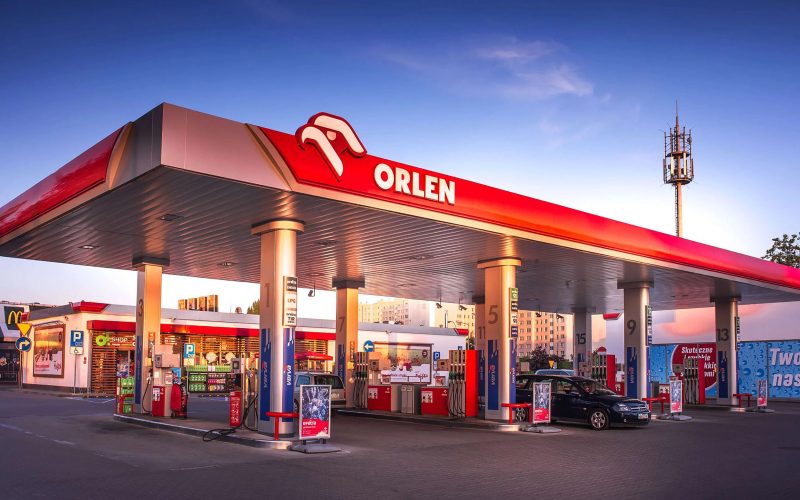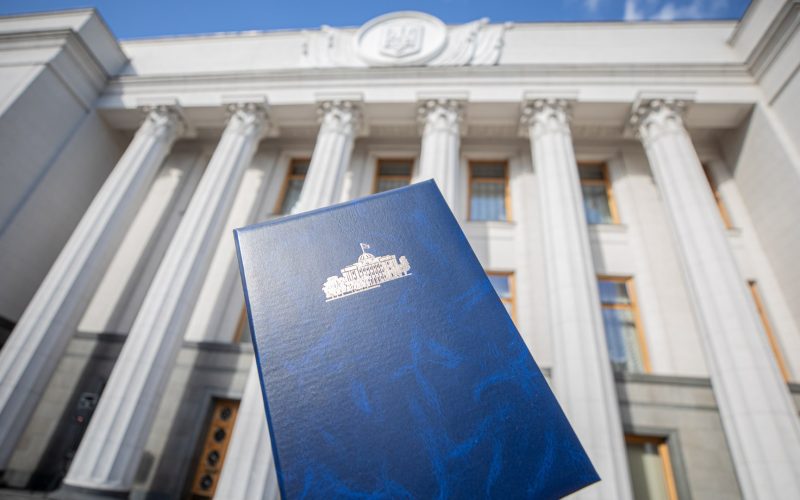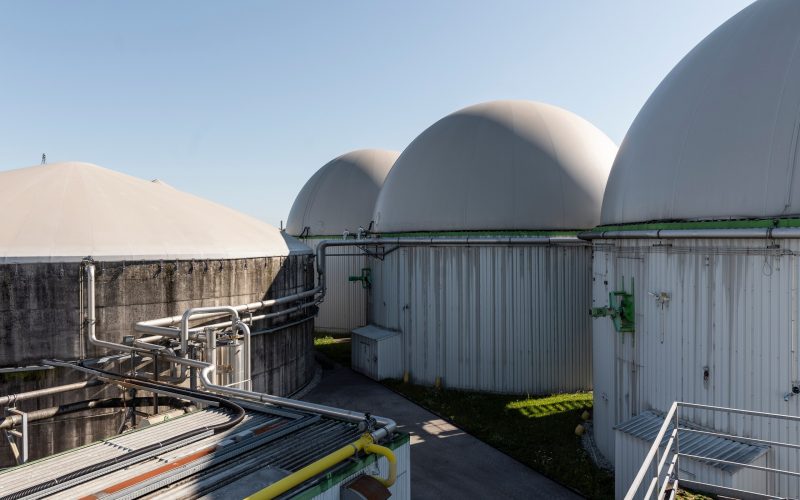Ukraine can supply up to 20% of the EU’s biomethane needs — Georgii Geletukha for the BIOMETHAVERSE project
The Chairman of the Board of the Bioenergy Association of Ukraine, Georgii Geletukha, provided expert commentary for the 100GREEN channel on the state of the biogas sector, prospects for biomethane production in Ukraine and Europe, and the role of renewable energy sources. As well as about Ukraine’s and UABIO’s participation in the BIOMETHAVERSE project.
As a reminder, the BIOMETHAVERSE project (Demonstration and initiation of production innovations in the universe of biomethane (BIOMETHAne uniVERSE) aims to diversify the technological foundation of biomethane production in Europe, increase its economic efficiency, and promote the adoption of biomethane production technologies. To achieve this, five innovative biomethane production pathways will be demonstrated in five European countries: France, Greece, Italy, Sweden, and Ukraine.
Ukraine is one of the project’s strategic partners and a demonstration site. The project involves the company MHP Eco Energy, which will serve as the research base, as well as the team from the Bioenergy Association of Ukraine, whose experts will support the project. The MHP Eco Energy biogas plant has an installed electrical capacity of 12 MW, produces biogas from 330 tons per day of chicken manure and other agricultural waste, generating 85,000,000 kWh of electricity annually. The demonstration site has already begun its operations.
Speaker’s key points
The goal of the project is to experiment with different biomethane production technologies. Today, everyone is looking for ways to reduce production costs. Ukraine is developing a special project that will allow for the production of green methane at existing biogas facilities at a lower cost than with traditional technology. There are four participants in the team: Bioenergy Association of Ukraine, MHP Eco Energy (Ukraine), Ellmann Engineering (Germany), Deutsches Biomasseforschungszentrum (Germany). I believe that at this stage and in this project, our European colleagues will be convinced that Ukraine has serious scientific, research-practical, and industrial capabilities, including research laboratories.
The role of UABIO in the project is more political: to facilitate the creation of conditions for the development of biomethane, interact with the government and politicians, and provide consultation on the preparation of legislative initiatives.
The basic legislation in the field of biomethane is fully prepared. We have overcome all legislative barriers in this field in three years.
What is the current state of the biomethane sector in Ukraine? There are currently 83 biogas installations with a capacity of 140 MW and two biomethane plants with a capacity of 6 million m³/year in Ukraine. Ukraine has mastered almost all types of feedstocks used worldwide for the production of biogas and biomethane
Why biomethane? Today, it is the cheapest renewable gas of all. Additionally, the installations produce digestate, an organic fertilizer.
Why in Ukraine? There is a large potential for feedstock. High competitiveness in the market. Opportunities for export to the EU. This is a business primarily for farmers who have the feedstock and can build such projects.
Ukraine can supply up to 20% of the EU’s biomethane needs. Let me remind you, according to the RePowerEU plan, the European Union aims to achieve a volume of 35 billion m³/year. Currently, the EU has achieved 4.5 billion m³/year. This means it is falling short of its plans. This is a market with a deficit, and if Ukraine doesn’t miss its chance and quickly produces a large amount of biomethane, the European Union will buy everything we can produce. We estimate Ukraine’s potential at 21.8 billion m³/year. This is approximately as much as Ukraine currently consumes natural gas.
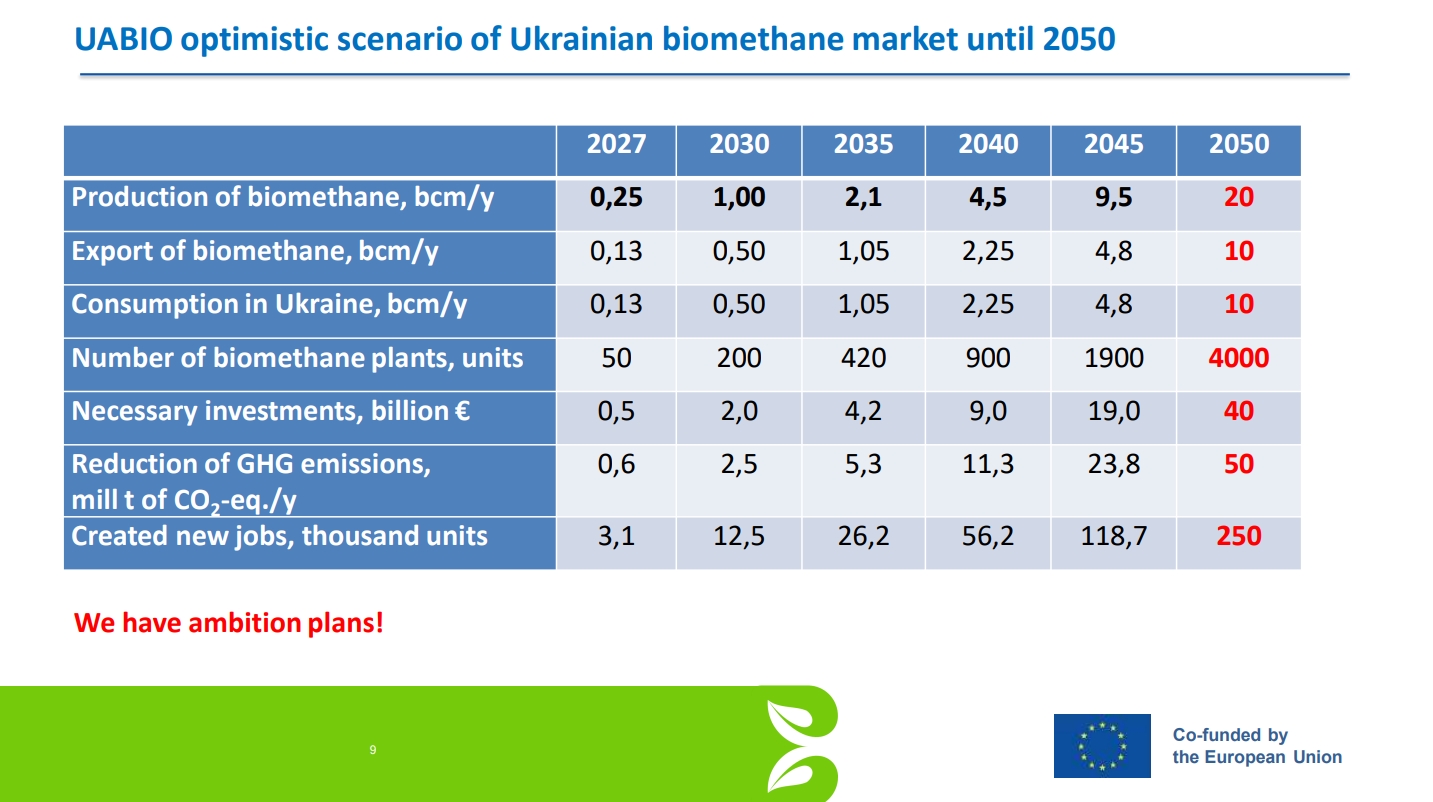
UABIO’s scenario until 2050: produce 20 billion m³/year of biomethane, of which 10 billion m³/year will be exported and the remaining 10 billion m³/year will be consumed domestically. We need approximately 4,000 plants and investments of around 40 billion euros to achieve this. Such development will create around 250,000 jobs and lead to a reduction of 50 million tons of CO2 equivalent.
By the end of the year, we expect 7 biomethane plants with total capacity is about 111 million m³/year. These are not small plants. Five plants will be connected to the gas transmission system, and two plants will produce Bio LNG. All of them were built or modernized during the war. One can only imagine how many biomethane plants we will be able to put into operation once the military actions end, and investors stop being afraid to invest in Ukraine.
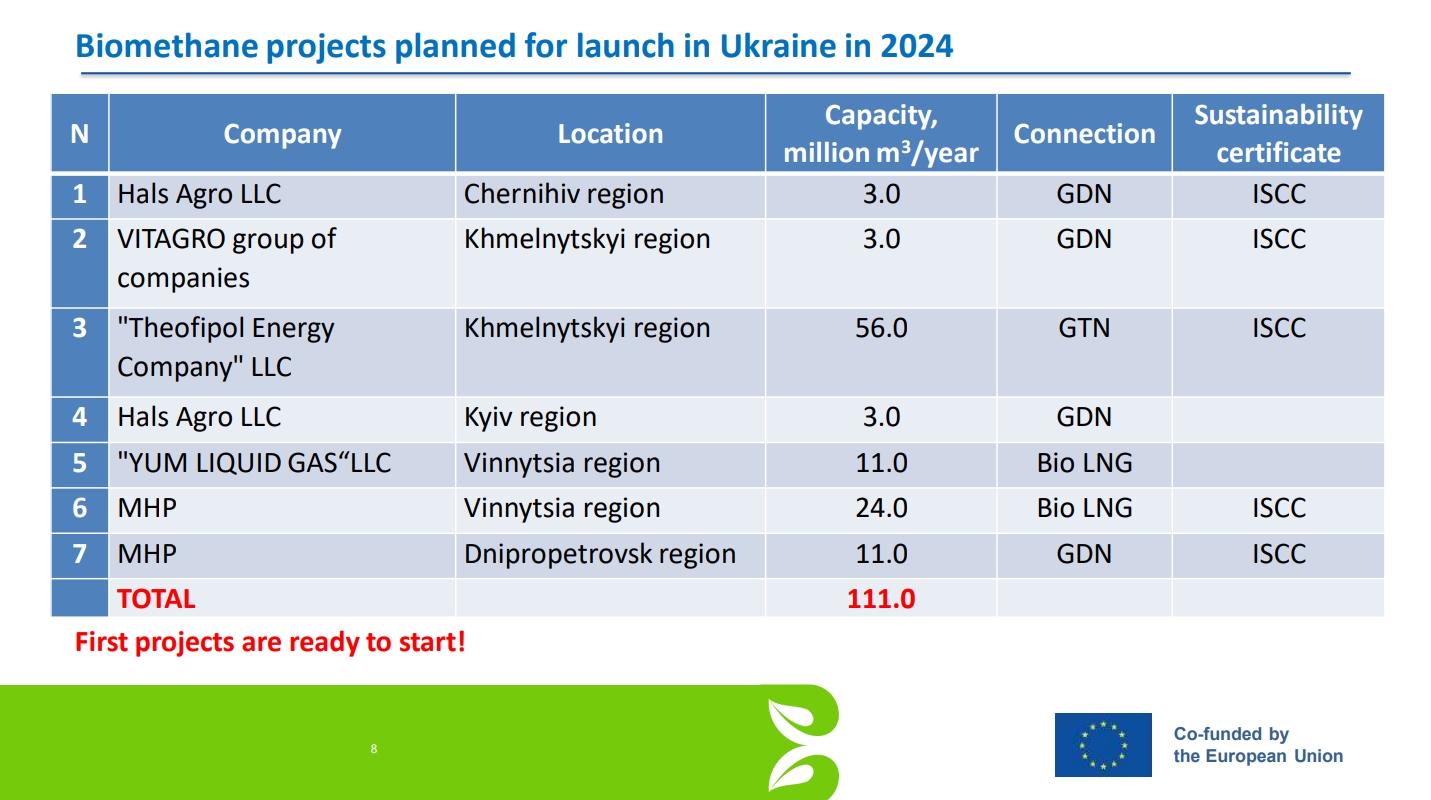
We expect the export of the first biomethane to begin as early as September. We are talking about exports because the price of such biomethane is high: $800-900 per thousand cubic meters. In Ukraine, biomethane won’t be purchased at such a price, but in Europe, special conditions have been created to incentivize such decarbonization, and there is strong demand.
The price of biomethane consists of two components: the price of natural gas and a premium for being a decarbonized source. This premium is quite high in Europe, while in Ukraine, it does not exist. Currently, there is a need in Ukraine to create a national emissions trading system, similar to the European one. We are obligated to create it — this is a condition for joining the EU.
The most realistic way to decarbonize the gas sector today is through biomethane. “Germany is the undisputed leader in the sector today, but the development pace is very high in France: a new biomethane plant is put into operation every week in the country. In Denmark, biomethane has already replaced 30% of natural gas, and the country plans to achieve 100% by 2035.
Download the speaker’s presentation
Learn more about the project at the following link: https://uabio.org/en/materials/biomethaverse/.
